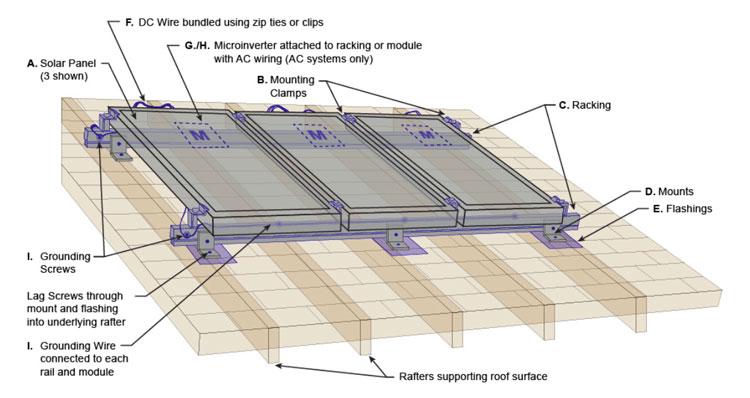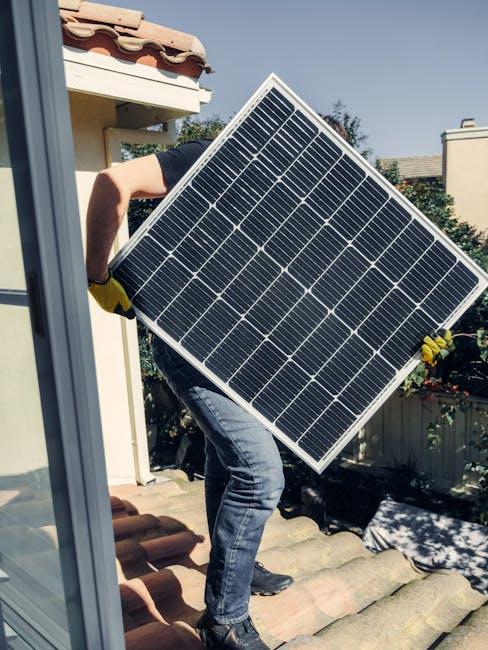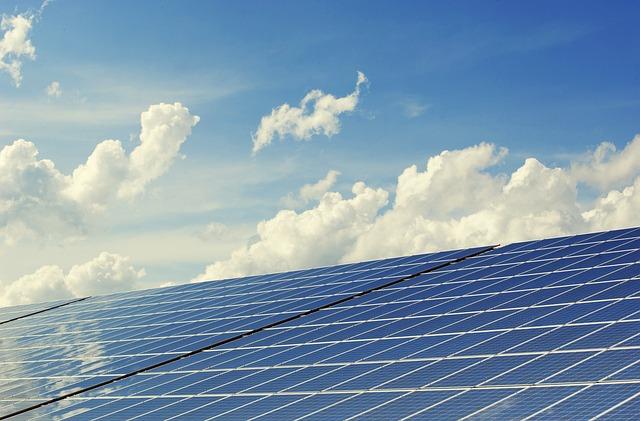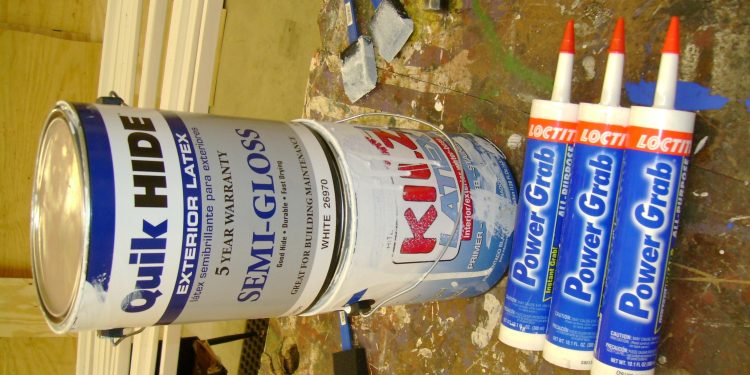In an era where sustainability is more than just a buzzword, homeowners are increasingly turning to renewable energy solutions to power their lives. Among these, solar energy stands out as a beacon of promise, offering a cleaner, greener alternative to traditional electricity sources. As the cost of solar technology continues to fall, many are tempted by the prospect of installing their own solar panels, embarking on a do-it-yourself journey towards energy independence. But is this path truly a cost-effective venture, or does it hide pitfalls beneath its shiny surface? This article delves into the world of DIY solar installations, examining the potential savings, challenges, and long-term benefits of harnessing the sun’s power on your own terms. Join us as we explore whether this bright idea is worth the investment or if professional installation holds the key to a truly sunny outcome.
Evaluating the Financial Viability of DIY Solar Systems
When considering the switch to solar energy, many homeowners are drawn to the prospect of DIY solar systems as a potentially cost-effective alternative to professional installations. At first glance, the appeal of these systems is clear: reduced labor costs and the satisfaction of self-sufficiency. However, the financial viability of such an endeavor hinges on several factors. One must evaluate the initial investment in materials, the potential savings on energy bills, and any additional expenses that might arise from maintenance or repairs.
- Initial Costs: DIY solar kits can vary significantly in price, depending on the size and complexity of the system. While the upfront cost is generally lower than hiring professionals, it’s crucial to factor in the quality of the components, as cheaper parts may lead to higher long-term expenses.
- Energy Savings: The primary financial benefit of solar energy is the reduction in electricity bills. A properly installed DIY system can significantly decrease these costs, but it requires meticulous planning and accurate calculations to ensure efficiency.
- Hidden Costs: Unexpected expenses such as tools, permits, and potential fines for non-compliance with local regulations can add up. Furthermore, without professional guidance, the risk of installation errors increases, potentially leading to costly repairs or replacements.
Understanding the Technical Challenges and Requirements
Embarking on a DIY solar installation journey requires a deep dive into the technical intricacies that underpin the process. Solar panels, inverters, mounting systems, and battery storage are the key components, each with its unique specifications and requirements. Understanding these elements is crucial to ensure efficient energy capture and storage. You’ll need to determine the optimal panel type and size based on your energy needs and geographical location. Moreover, the inverter must be compatible with your panel setup, converting the direct current (DC) generated by the panels into usable alternating current (AC) for your home.
- Electrical Wiring: Ensuring all components are correctly wired is paramount to prevent hazards.
- Permitting and Inspections: Navigating local regulations and obtaining the necessary permits can be daunting.
- Roof Suitability: Assessing whether your roof can support the panels, both structurally and in terms of sunlight exposure.
- Safety Measures: Adhering to safety standards to protect yourself and your property during and after installation.
Each of these aspects requires a certain level of technical expertise, which can pose a challenge for the average homeowner. Therefore, a thorough evaluation of these technical demands is essential before deciding if a DIY solar installation is a feasible and cost-effective solution for your energy needs.

Exploring the Long-term Savings and Payback Period
When considering a DIY solar installation, one of the most compelling aspects is the potential for long-term savings. The initial investment might seem daunting, but the reduction in monthly electricity bills often justifies the upfront cost. Many homeowners find that within a few years, their systems pay for themselves, transforming energy savings into actual profit. Factors influencing the payback period include local electricity rates, the amount of sunlight your area receives, and any available tax incentives or rebates.
To maximize your savings, it’s crucial to take into account:
- System Size: Larger systems may cost more initially but can generate more electricity, reducing payback time.
- Energy Consumption: Homes with higher energy usage stand to benefit more from solar energy.
- Maintenance Costs: While solar panels require minimal upkeep, budgeting for occasional maintenance ensures longevity and efficiency.
- Financing Options: Some homeowners may choose to finance their solar panels, impacting the speed at which savings are realized.
These elements combine to create a personalized payback period, unique to each installation. By carefully considering these factors, DIY solar enthusiasts can harness the sun’s power for financial benefit, ensuring that their investment shines brightly for years to come.

Expert Tips for Maximizing Efficiency and Cost-effectiveness
When considering a DIY solar installation, there are several strategies to enhance both efficiency and cost-effectiveness. First, invest time in research to select the right type of solar panels and inverters. This ensures you harness maximum energy potential suited to your geographical location and energy needs. Next, take advantage of online tutorials and forums to gain insights from seasoned DIY enthusiasts. This can save you from common pitfalls and unnecessary expenses.
- Leverage Tax Credits and Rebates: Investigate available government incentives which can significantly reduce initial costs.
- Buy in Bulk: Purchase materials in larger quantities to benefit from bulk pricing, potentially lowering your overall investment.
- Consider Used or Refurbished Equipment: Explore the second-hand market for quality components that can perform efficiently at a fraction of the cost.
Additionally, thorough planning of your installation can prevent costly mistakes. Meticulously measure your installation site to avoid ordering excess materials and ensure your panels are positioned for optimal sunlight exposure. This attention to detail not only boosts your system’s efficiency but also extends its lifespan, maximizing your return on investment.
In Summary
As the sun sets on our exploration of DIY solar installations, it’s clear that the decision to harness the power of the sun is as individual as the rays that illuminate our planet each day. While the allure of cutting costs and taking energy independence into your own hands is undeniable, it’s equally important to weigh the potential challenges and intricacies involved. Whether you’re an avid DIY enthusiast ready to tackle the solar frontier or someone who prefers the assurance of professional expertise, the journey to solar energy is a personal one, paved with considerations of budget, time, and sustainability goals. As you stand at the crossroads of this decision, may your path be as bright and empowering as the energy source you seek to capture.

































